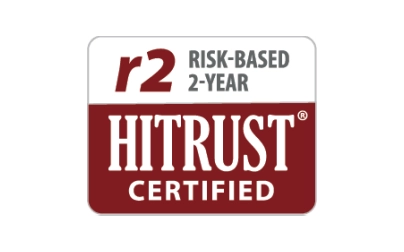Dental disease, especially tooth decay, is the most common health problem affecting children in the United States. Although preventable, untreated dental caries can lead to pain, infection and tooth loss and disrupt a child’s daily activities, from sleeping and eating to attending school. Dental diseases may also increase an individual’s risk for other adverse health conditions, such as diabetes and heart disease.
Disadvantaged youth, including those covered by Medicaid, are more likely than higher-income children to have dental diseases, despite the fact that all Medicaid-enrolled children are entitled to free dental care under Medicaid’s Early and Periodic Screening, Diagnostic, and Treatment (EPSDT) program.
According to the Centers for Medicare & Medicaid Services (CMS), less than half (48 percent) of the children enrolled in Medicaid utilize preventive dental care services (e.g., teeth cleaning), and only 22 percent receive dental treatment (e.g., cavity filling).
Comprehensive, preventive healthcare services
The EPSDT program provides the country’s more than 37 million children covered by Medicaid with comprehensive and preventive healthcare services from birth to age 21.
Along with dental care, the EPSDT benefit covers a variety of healthcare services including a comprehensive health history on both physical and mental health development; physical exams; immunizations and lab tests appropriate for age and risk factors; health education and anticipatory guidance; and vision and hearing services.
EPSDT enables healthcare practitioners to diagnose, treat and prevent complex and often costly conditions before they escalate, ultimately saving money and lives.
Ensuring access and utilization
CMS states that the EPSDT program is based on two principles:
- Assuring the availability and accessibility of required healthcare resources
- Helping Medicaid recipients and their parents or guardians effectively use these resources
These two components are intended to enable state Medicaid agencies to:
- Manage a comprehensive child health program of prevention and treatment
- Seek out eligible recipients and their caregivers, and inform them of the benefits of prevention and the health services and assistance available
- Help beneficiaries use health services
- Provide support services, such as scheduling and transportation assistance
States are responsible for the successful execution of the EPSDT benefit and must submit their EPSDT program data to CMS each year.
Barriers to care
Although child and adolescent healthcare services, like well-child doctor visits and dental exams, are available to Medicaid enrollees at no cost, numerous obstacles prevent parents and guardians from fully using the EPSDT benefit, such as:
- Low awareness regarding the importance and availability of preventive care services
- Outdated provider directories requiring numerous calls to schedule an appointment
- Difficulty finding providers who take Medicaid patients, have available appointments, and/or are located within a reasonable distance
- Lack of transportation, lengthy travel times, and/or high travel costs (e.g., gas money) to reach a provider’s office
- Challenges making and keeping appointments due to work and school schedules
- Long wait times in the provider’s office
- Inability to find care for other children or family members
- Cultural, language and literacy barriers
- Forgetfulness regarding scheduled appointments
- Not wanting to expose a child who is well to ill children at the provider’s office
While many parents of Medicaid beneficiaries have some knowledge regarding the importance of regular medical and dental checkups, they often are not fully aware of the range of services available and the resources that exist to help them overcome their barriers to care. And there can also be confusion regarding when a child should receive certain screenings and treatments, such as infant dental visits and adolescent vaccinations.
Carenet Can Help
With nearly 30 years of experience serving the Medicaid population, Carenet has a thorough understanding of the many roadblocks recipients of all ages face with accessing care.
Our healthcare engagement solutions feature proactive, personalized outreach that enables beneficiaries to successfully overcome their obstacles and effectively utilize their benefits. Our solution also helps state agencies and health plans fulfill EPSDT requirements while improving their clinical and financial outcomes.
To learn how Carenet’s high-touch outreach helped an HMO close 8,200 gaps in care, like dental exams and asthma screenings, among its Medicaid and CHIP members, click here.


